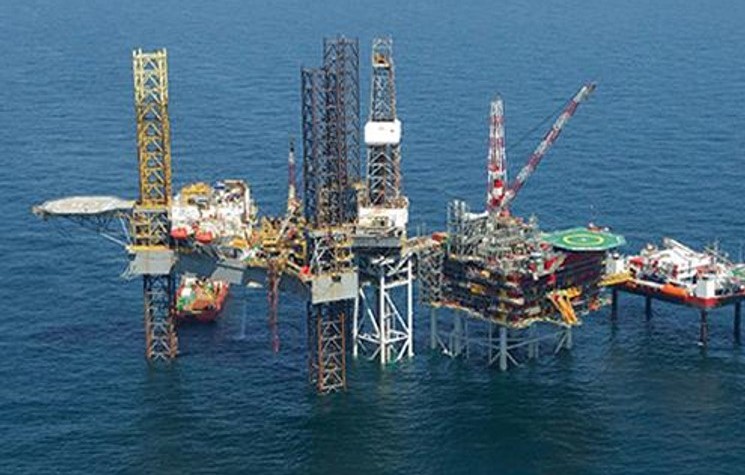Dana Petroleum reports healthy flow rate from Lille John appraisal

By Amy McLellan
Aberdeen’s Dana Petroleum has clocked up more success in the North Sea. The oil company, which was acquired by KNOC in 2010, has successfully appraised the Lille John oil discovery in Licence 12/06 in the Danish North Sea, with the vertical appraisal well flowing at a maximum rate of 1,400 barrels per day of sweet, light oil from a Late Miocene sandstone reservoir. This was a good result for a project that Dana only acquired last year to add to its growing portfolio in this part of the North Sea.
It was also something of a vindication for troubled PA Resources, which sold a slug of equity in the project to Dana last year – as well as a block in Germany – in a US$28 million deal. PA Resources’ CEO Mark McAllister was keen to point out that the appraisal result was proof of the Swedish company’s conceptual model that reservoir quality would improve away from its initial play-opening Lille John-1 discovery in 2011.
The appraisal well, Lille John-2, flowed at a stabilised rate of around 500 barrels of oil per day and 0.25 million cf/d of gas with no water during the main test flow period, which was deliberately conducted at constrained rates in order to avoid risk of sand production. The test flow rate was then raised to a maximum of 1,400 barrels of oil per day and, encouragingly, there was still no sand production.
Subsequently, the well was side-tracked down-dip, confirming similar reservoir development and establishing an oil column height of around 300 metres from LJ1 to LJ2A. The well confirmed the geological modelling, with the thickness and quality of the reservoir proving better at this location than in the 2011 discovery well. The oil quality was similar, around 35° API with no H2S.
The well data will now be analysed to confirm the exact thickness of the oil pay in order to assess recoverable volumes and whether the find is commercially viable. Importantly this isn’t the only find on the licence, which also hosts the Broder Tuck gas/condensate discovery.
Dana acquired a 40 per cent stake in the licence from struggling PA Resources last year, adding to its footprint in this area of the North Sea. Across the border in the Dutch section, the Aberdeen company operates the nearby F02a production licence, home to the producing Hanze oilfield and a Pliocene shallow gas field, and the F06 exploration licence.
“The 12/06 licence is a great strategic fit for Dana giving us access to resources close to our existing licences operated from our Netherlands office, as we look to grow and develop our European operations,” said Dana’s exploration director Dr Richard Fox, who hailed what he call a “healthy oil flow rate”.
The big question mark going forward, of course, will be future funding, with debt-laden PA Resources, which retains a 24 per cent stake and was carried by Dana through the appraisal well, now on the brink of liquidation. The other partners in the licence are Danish state oil company Nordsøfonden with 20 per cent and Danoil Exploration and Spyker Energy with eight per cent each.
Dana itself is a strong bet, backed by the power of parent company KNOC and with its own international production base of 50,000 bpd from fields in the UK, Egypt, Norway, the Netherlands and Africa. In 2013 the company posted revenues of £1 billion and post-tax profits of £105.13 million.
The company has the financial muscle to tackle projects of real scale and vision, such as the high profile US$1.6 billion Western Isles project, which which will see the installation of an FPSO to produce from the Harris and Barra fields in the Northern North Sea, some 160 km east of the Shetlands, with initial output of more than 40,000 boepd.
Comments (0)